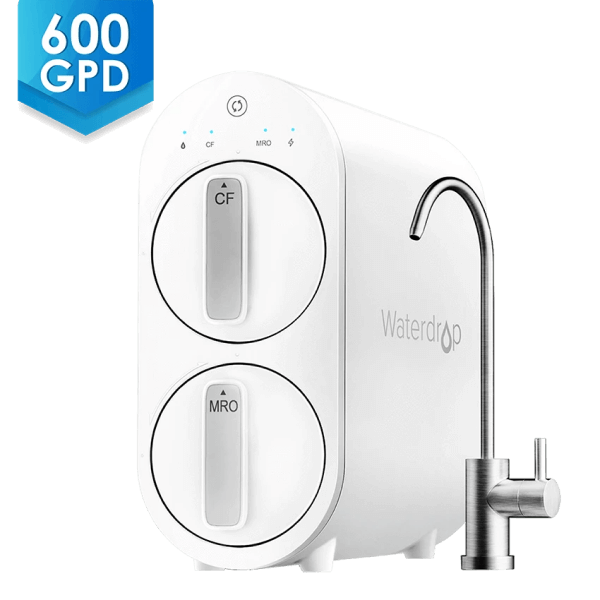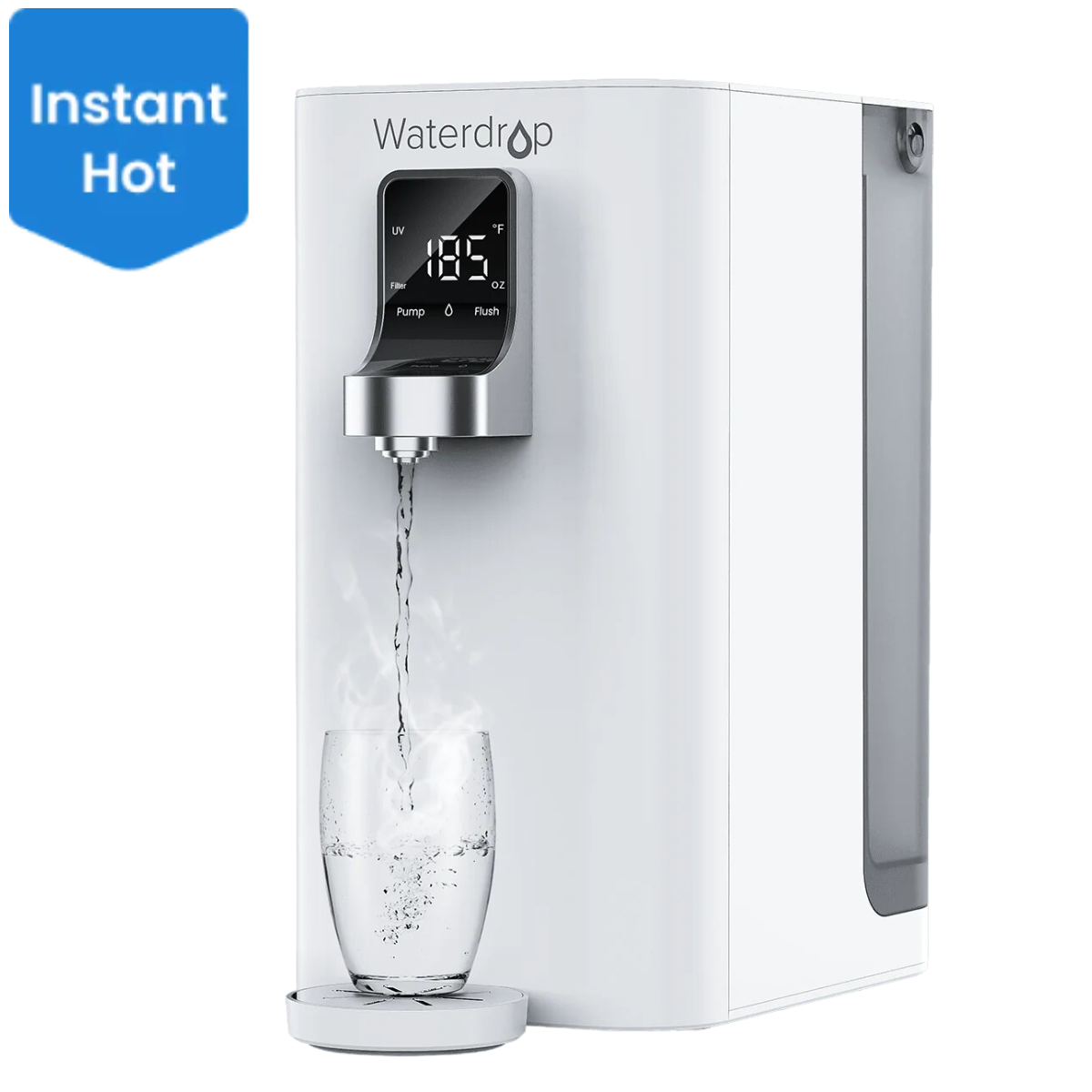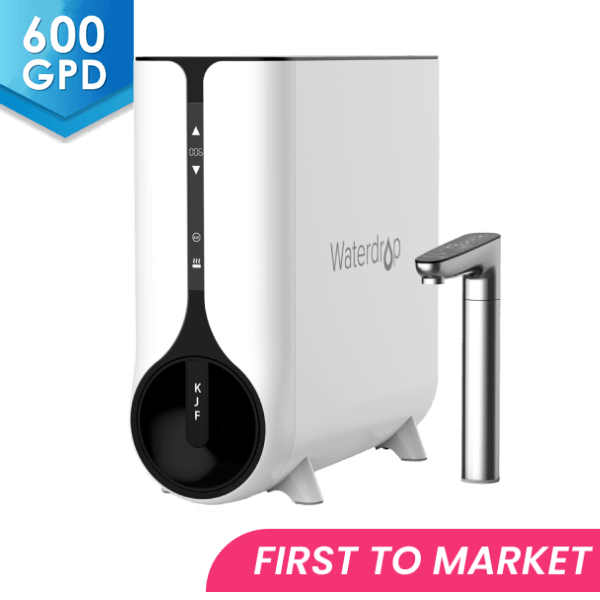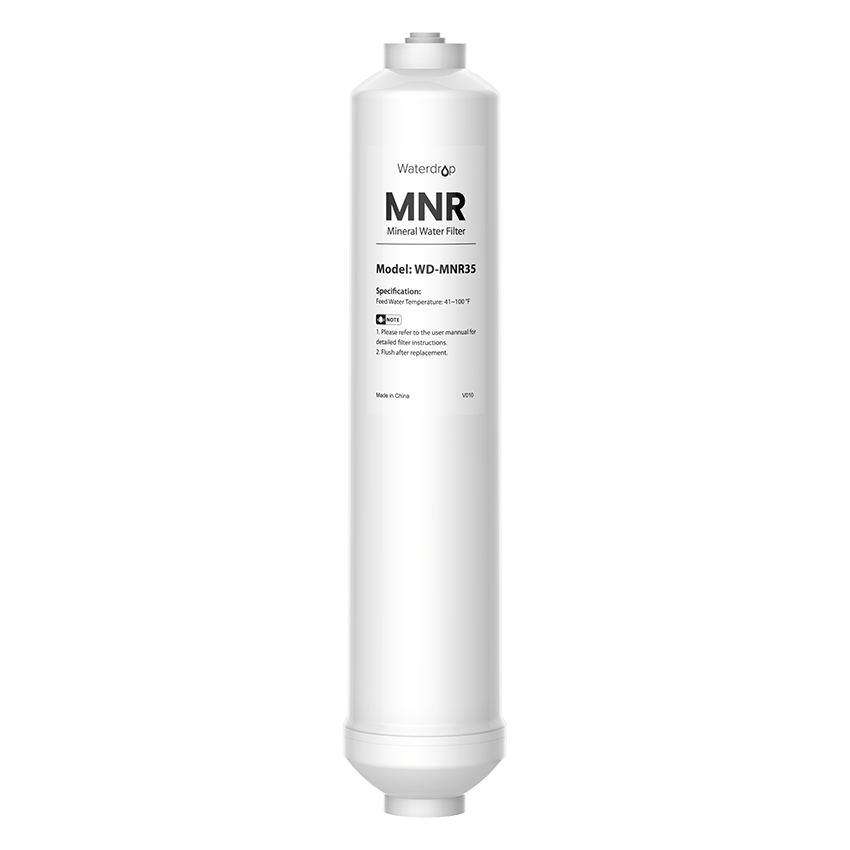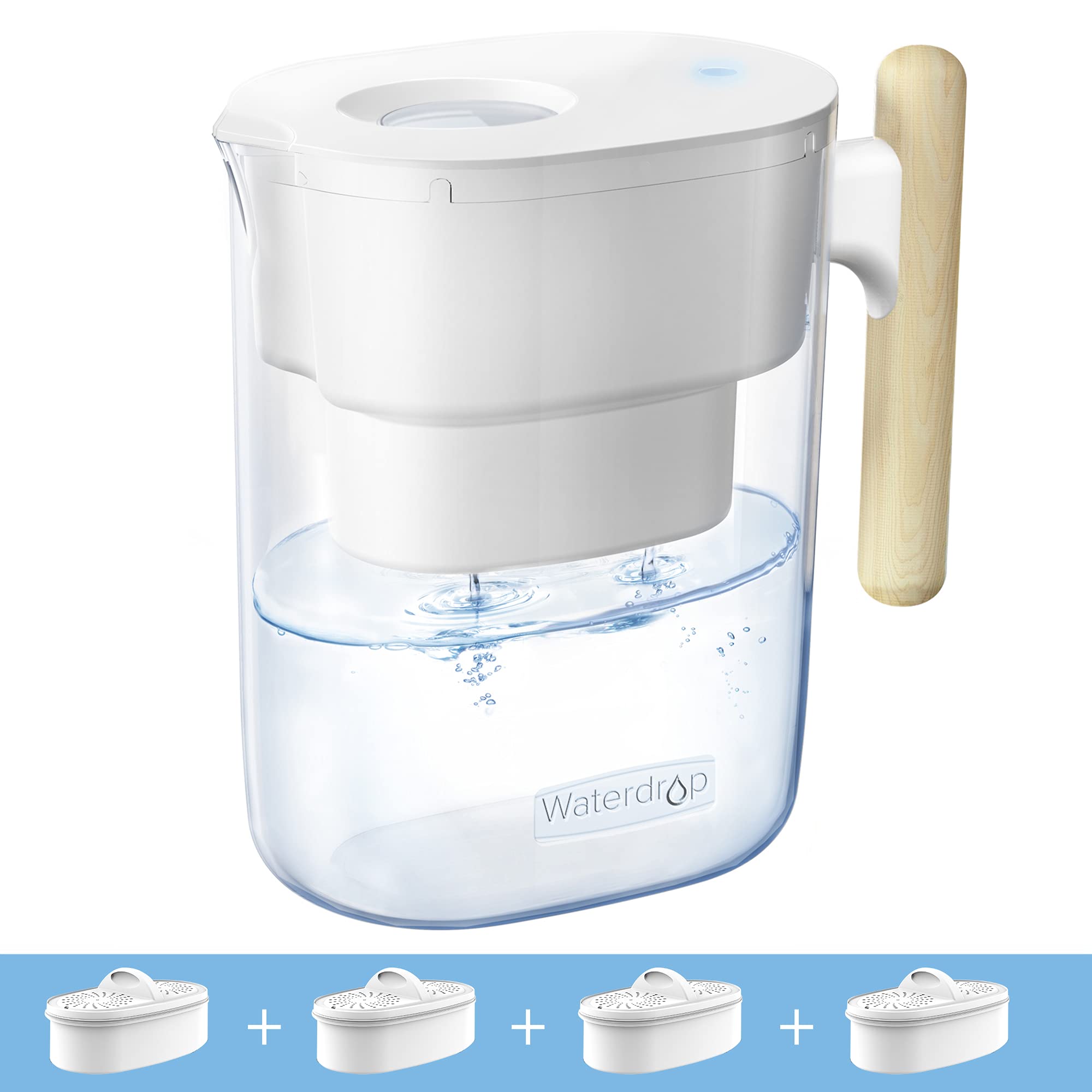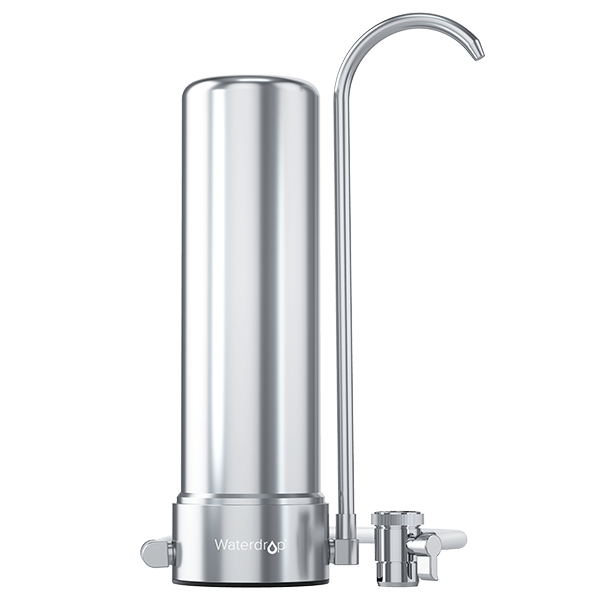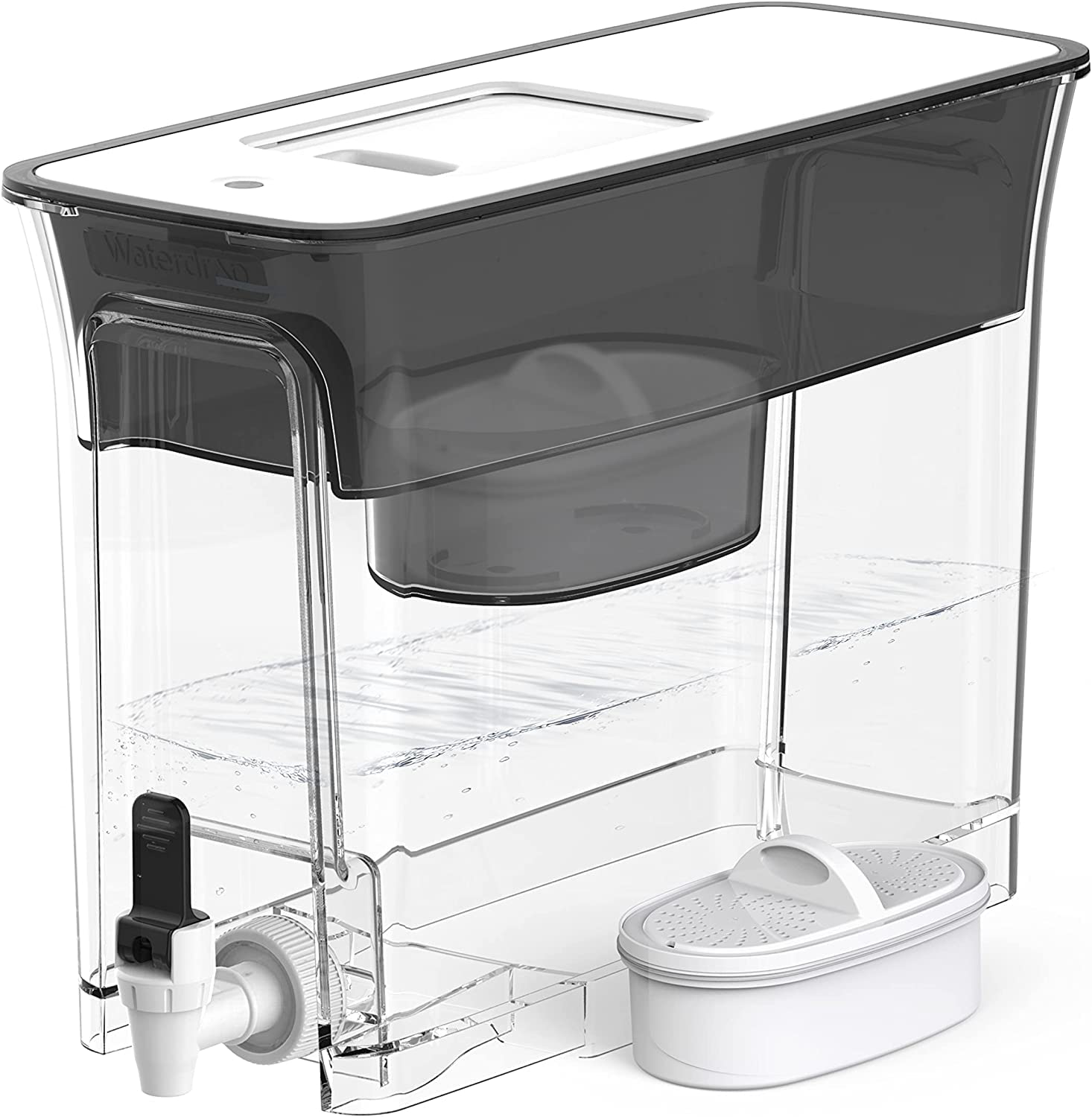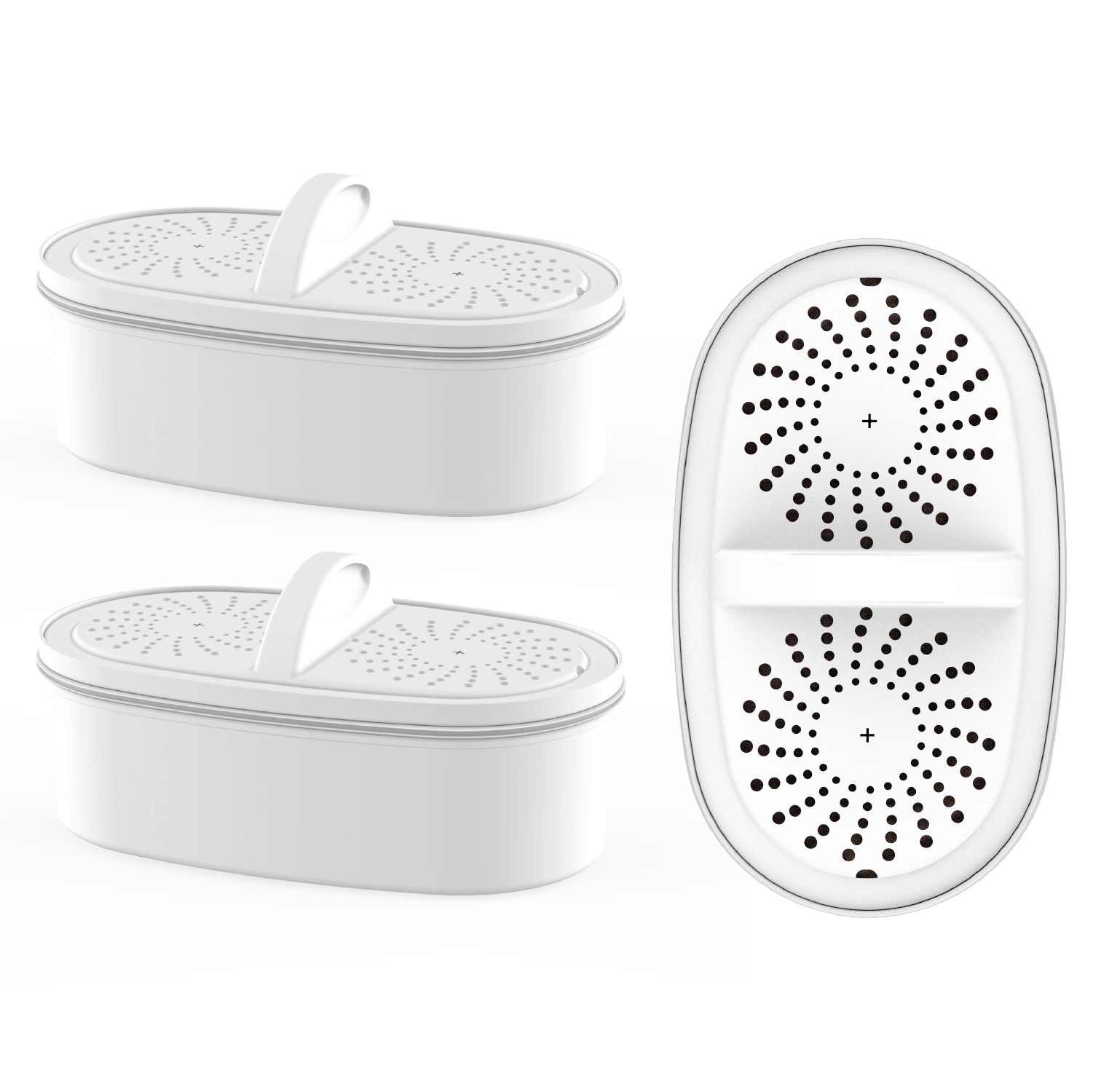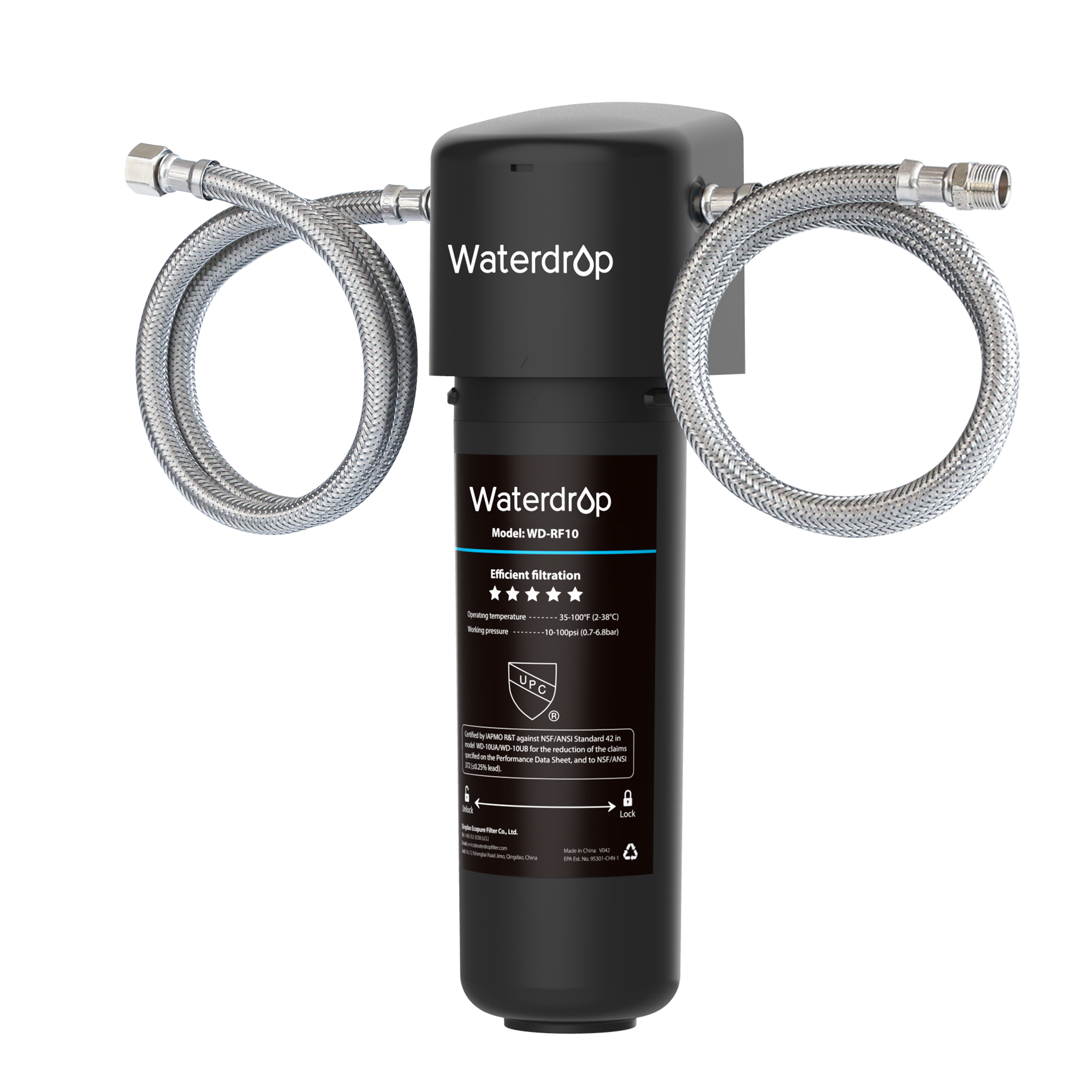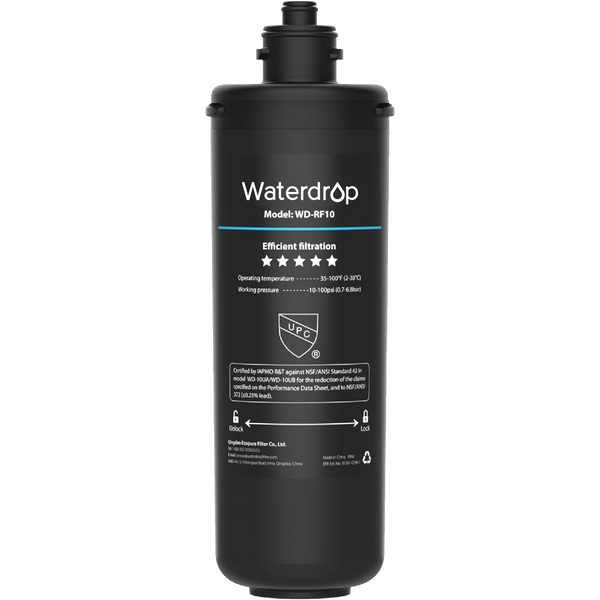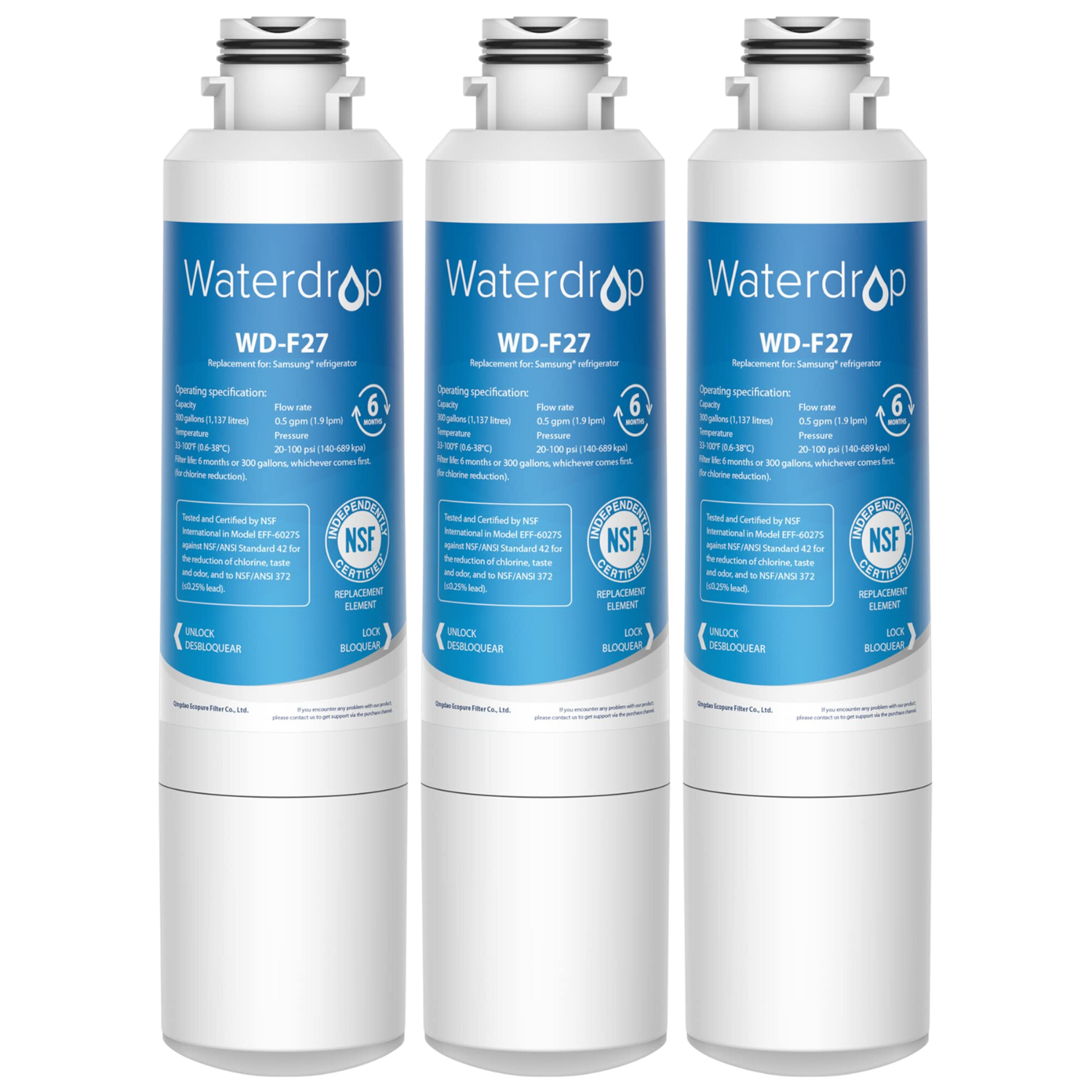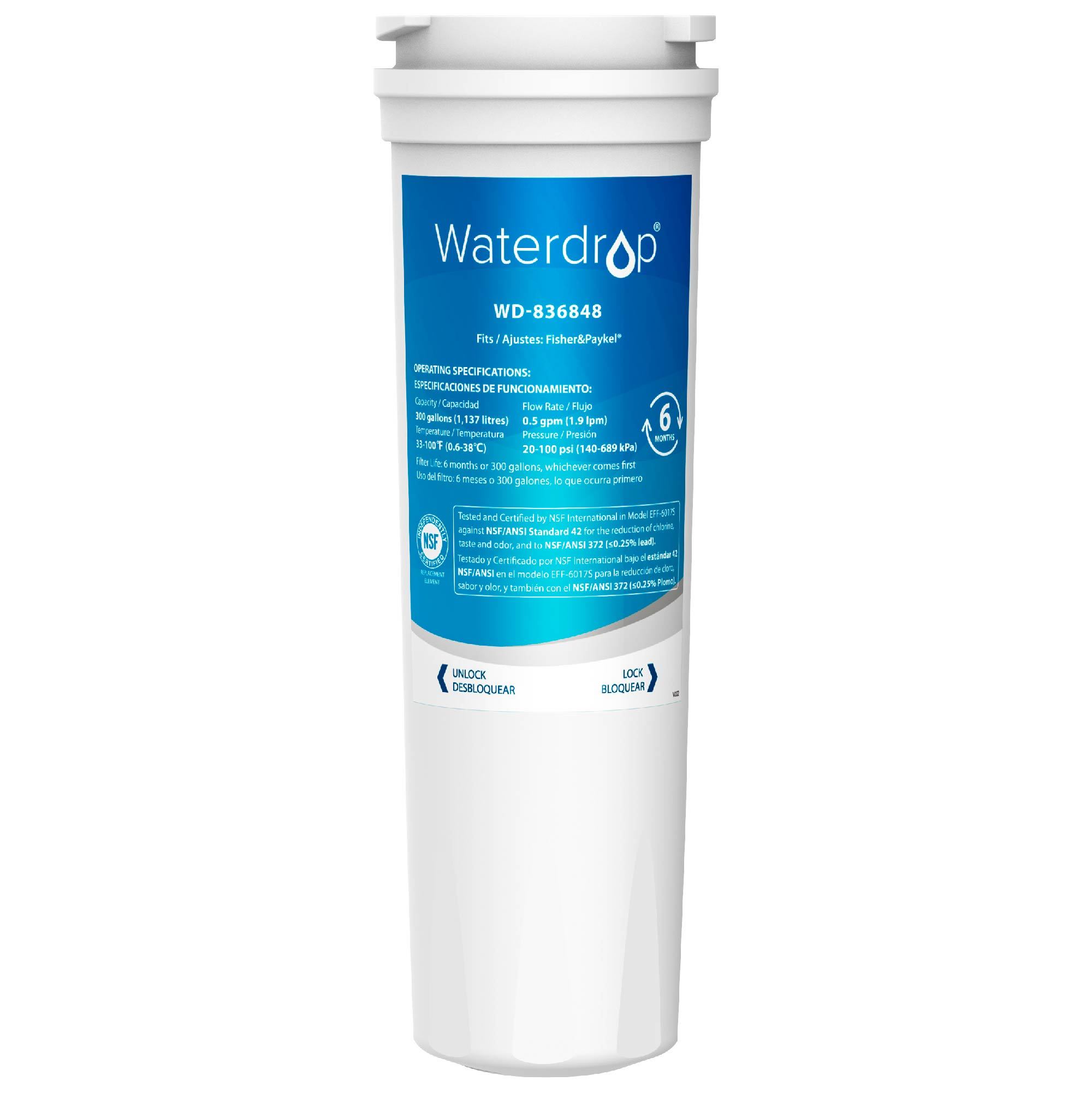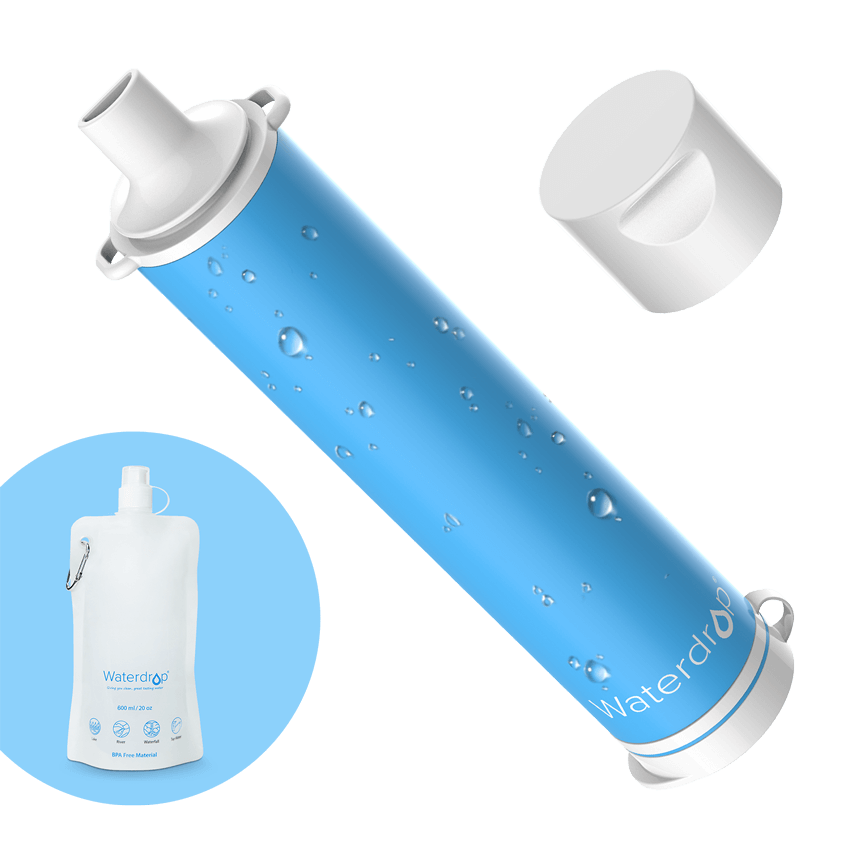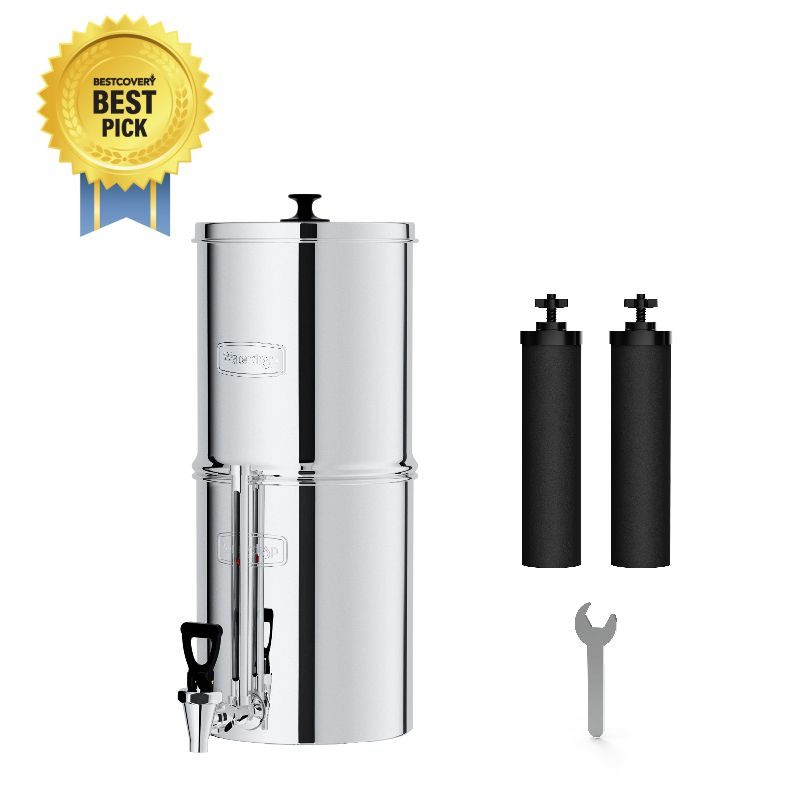How to Remove Chromium 6 in Water
by Dr. Jonathan Doyle - Updated December 17, 2020
The name “hexavalent chromium” gained the prominence in the Erin Brockovich’s lawsuit against Pacific Gas & Electric Co., which alerted the public about this cancer-causing chemical. The utility company was found liable for dumping this type of chemical into the groundwater of Hinkley, CA.
PG&E disguised the crisis and deceived the community on the effects of the hexavalent chromium along with the possible connection to the health problems of the residents in the town. The residents reached a $333-million settlement with Pacific Gas & Electric Co. for polluting the water, yet the story of Hinkley continues with no Hollywood ending, the town is emptying out while the ones who choose to stay are still struggling to find a solution.
What happened to Hinkley is due to a company’s misconduct, yet, a recent study by UC Riverside suggests that rusted iron pipes can react with residual disinfectants from drinking water distribution systems to generate hexavalent chromium as well.
Chromium is a commonly added metal to iron to make the iron more resistant to corrosion. While some specific chemical reactions can change the chromium atoms into a hexavalent form and results in carcinogenic mutations in cells.
The researchers obtained segments of two pipes that had been used for about five and 70 years respectively and cause corrosion by the portions. After analyzing the amount and types of chromium presented in the pipe rust, researchers put the samples in hypochlorous acid, the form of chlorine typically used in municipal drinking water treatment plants and drinking water distribution systems.
Researchers were surprised to find out that zerovalent chromium was able to transform into the toxic form more quickly than the trivalent chromium. The toxic hexavalent form of chromium could come out of the tap under high bromide levels.
As the world’s water crisis continues and intensifies, recycled and desalinated water will become more important. It is vital to highlight that both recycled and desalinated water tend to contain higher bromide levels, meaning they are more likely to have chromium contamination.
Even with the publicity from the film and the serious health effects associated with hexavalent chromium, the federal government has not regulated this toxic chemical in drinking water.
Commonly speaking, chromium presents in the environment in two forms: trivalent chromium (chromium 3) as an essential human nutrient and hexavalent chromium (chromium 6) as a toxic chemical. Instead, the hexavalent and the trivalent chromium are regulated as “total chromium” at a level of 50 parts per billion, which the standard averages the toxicity of the chemical in water. Despite that, many scientists stated that the combined approach is absolutely not suitable to protect public health as the level limit of hexavalent chromium in drinking water should be 0.2 ppb.
Then how can we make sure the water we access is free of chromium contamination? The good news is, you can use water filters to remove the contaminants. Water experts suggest that an ion exchange water treatment unit would be effective to remove chromium-6. PG&E is also using this technique to treat the drinking water in Hinkley.
A word of warning though: after a period of time, the metals will scale up in the filter and reduce its effectiveness. Therefore, this type of filtration system must be monitored and maintained actively, along with the filters being replaced on a regular basis. It needs to be highlighted that there are not many ion exchange units that are certified to reduce hexavalent chromium on the market.
If you are looking for residential water treatment unit, another effective and certain solution would be reverse osmosis filters instead, many of which have been certified to remove chromium-6, along with other contaminants. Reverse osmosis systems are also more affordable and more comfortable for consumers to find either online or at local hardware stores.
Reverse osmosis works by pumping water across a semi-permeable membrane. Like a high-pressure version of a coffee filter, water is squeezed across the membrane. In addition to chromium 6, with the filtration accuracy of 0.0001micron, such filters also remove arsenic, barium, copper, lead and fluoride. It is believed that the reverse osmosis system to be the most certain solution for residential water treatment. The downside is that reverse osmosis is often energy and water intensive. Many traditional systems come with a bulky water tank that requires much undersink space.
Waterdrop prepares you with a guide to choosing reverse osmosis systems. The Waterdrop G3 reverse osmosis system stands out for its high efficiency of 1:1 drain ratio, less than 30 mins easy DIY installation, and 50% less undersink space. The integrated filter design reduces the maintenance effort and cost, allowing you to replace the filter with a single twist-pull under 3 seconds. Learn more about the G3 model here.
When it comes to water treatment, you really need to do the research and make sure the research shows the filter is certified to reduce the substances that you care about.


